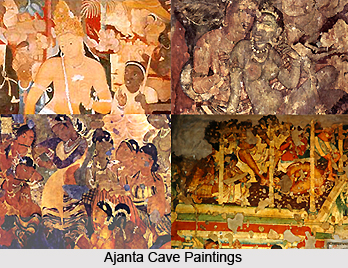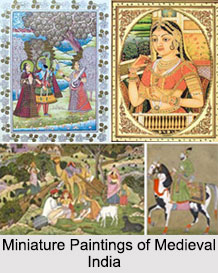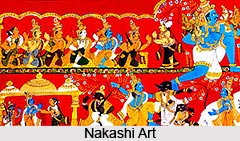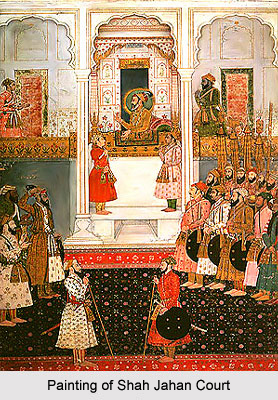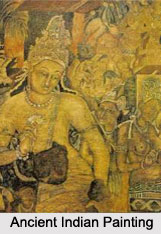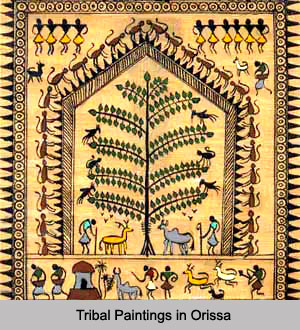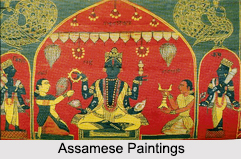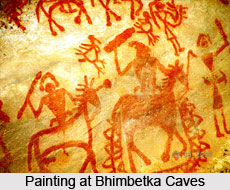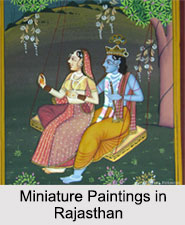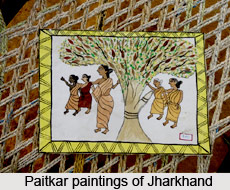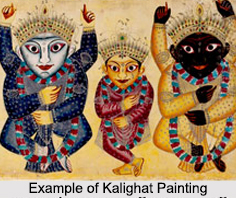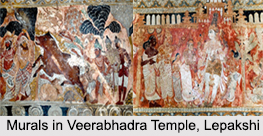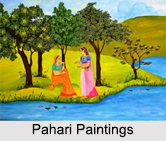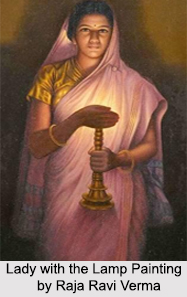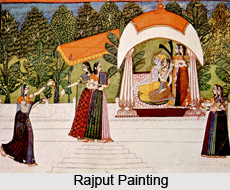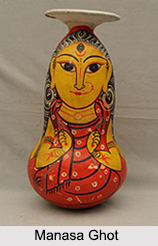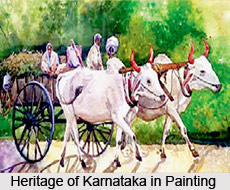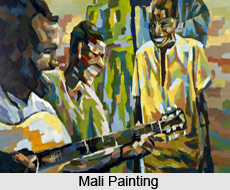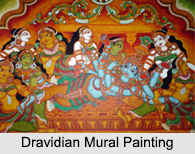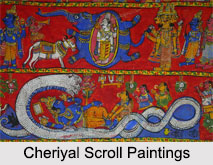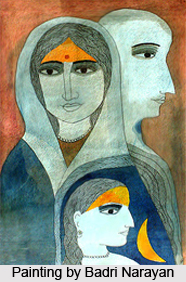 `Narration comes to me naturally, I have been fond of telling stories since my childhood`--- Badri Narayan. Badri Narayan is considered an illustrious Indian artist, a creative person, an author and a storyteller. He started reflecting his imagination in canvas without any formal training in painting. He exhibited publicly for the first time in 1949. Later he conducted a solo exhibition of his in 1954.
`Narration comes to me naturally, I have been fond of telling stories since my childhood`--- Badri Narayan. Badri Narayan is considered an illustrious Indian artist, a creative person, an author and a storyteller. He started reflecting his imagination in canvas without any formal training in painting. He exhibited publicly for the first time in 1949. Later he conducted a solo exhibition of his in 1954.
Badri Narayan was born in July 1929 in Secunderabad, Andhra Pradesh. He has been painting since the last 45 years. He has always remained a self-examining individual. The mostly used subject matters of Badri Narayan`s works are `self-reflection and autobiographical perspective`. Most of his paintings work as the narrative of his thought. The title of his paintings-- "Queen Khemsa`s Dream of Hamsa" and "Meeting at Midstream" are considered the commencing point from where viewers unscramble the qualities present in his paintings. Symbolism is another important part of Narayan`s paintings. Sometimes `Ganesha`, the most popular icon of Indian culture is also used in his paintings. As he explains, `I have picked up the imagery that surrounds me, the one I am born into, and it comes naturally`.
In Badri Narayan`s creation evidences of Indian mythology and metaphors as well as Indian miniature tradition are very much prominent. To him painting has two dimensions. He generally attempts to work on a smaller format. Watercolours have been his most preferred medium for several years. Apart from painting he has also done etchings, woodcuts and ceramics.
Badri Narayan`s works have featured in prestigious exhibitions such as-- the Asian Artists Exhibition, Tokyo (1957), Art Now in India, New Castle, England and Ghent, Belgium (1966), India Art Today, in Darmstadt, West Germany (1982). His solo shows have also been held in India, Germany and USA. He has also represented India in the Biennales of Paris, the Biennale of Prints, Tokyo, (1966-67). The Lalit Kala Akademi awarded him in 1965 for his painting `The Family`. Some other notable exhibitions conducted and participated by Badri Narayan are-- in 1955 `Indoan Art Ex.,` Romania, Czechoslavakia, Hungry & Bulgaria; in 1957, I Asias=n Artists Ex in Tokyo, Japan; in 1961 2nd Paris Biennale in France; in 1963, Jehangir Gallery in Mumbai; in 1964, Jehangir Gallery in Mumbai; in 1965 National Ex RB.LKA; in 1992 `Journeys Within LandScape` JG, Mumbai; in 1993 `Watercolours` Pundole. Badri Narayan at present lives and works in Mumbai. He also instances children`s books and writes short stories and verse. Mumbai All India Radio has already filmed a documentary on him. He has received numerous awards, including the Padma Shri in 1987 and the Maharashtra Gourav Puruskar in 1990.
